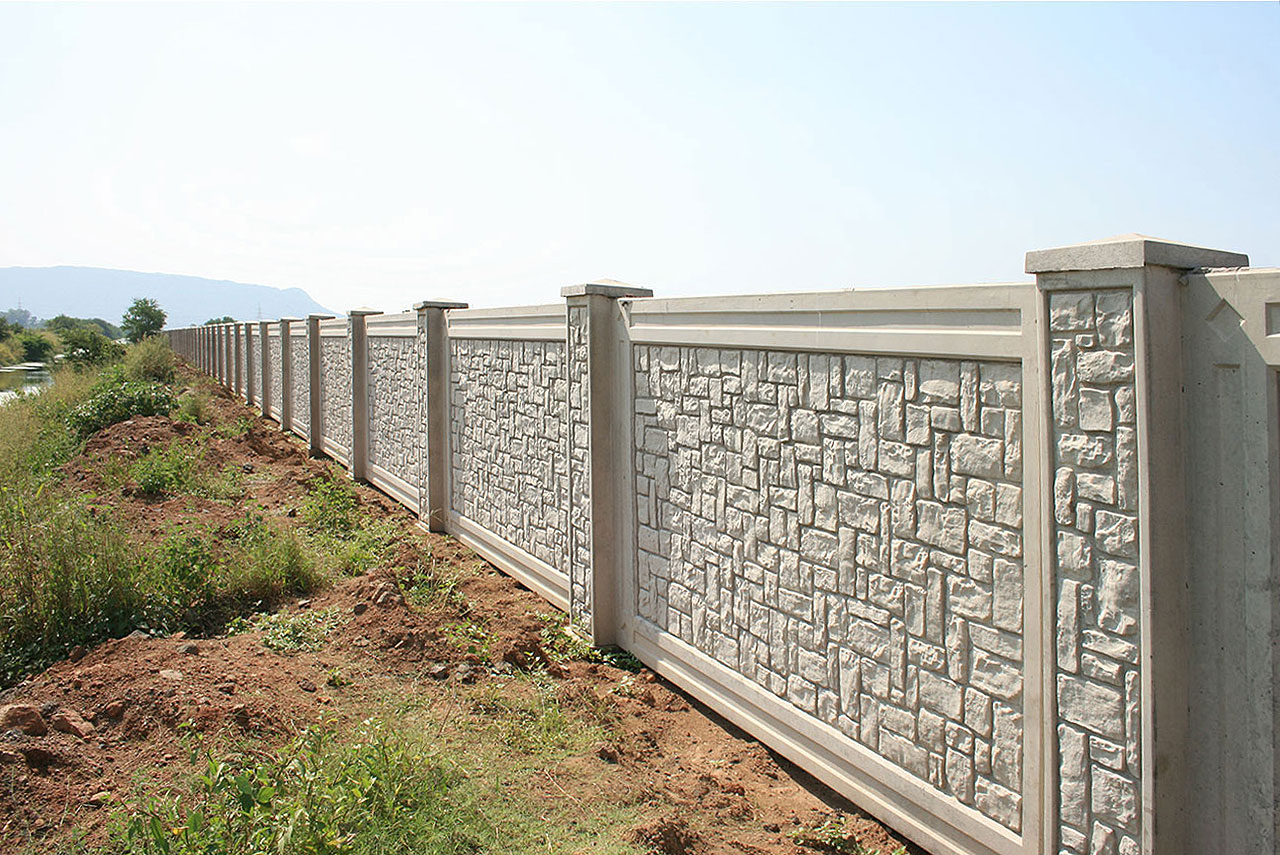August 10, 2024
What Are The Primary Means To Control Moisture In Your Home?
Why Is My Home So Damp? There may be thermal bridges via any type of insulation to the outdoors, where the surface temperature level is noticeably lower than on the rest of the wall Thermal bridges are typically at the centre of mould infestations, in addition to supplying conduits for a building's heat to get away. Regrettably, it's not possible to live in a home without elevating its relative humidity because we need to breathe, and every exhalation includes water vapour.
Rectifying Bridging Problems
However, poor insulation and an absence of correct air flow can be a reason as well, while inadequate home heating can result in cool temperature levels where mould and damp can prosper. First, raising the temperature of the indoor air raises the quantity of water vapour it can lug which, presuming the exact same amount of water vapour, reduces the family member moisture. Second, several of the heat energy from the air is carried out to the walls where, if it elevates the surface temperature level sufficiently, it stops that water vapour from condensing right into damp.
Condensation On Walls: Why Are Walls In My Home Damp?
One of the most straight strategy to combating increasing moist is the installment or fixing of a damp-proof program. This obstacle, typically made from waterproof products like plastic, slate, or a specifically formulated chemical substance, is put horizontally in wall frameworks to avoid dampness from increasing. In situations where the existing DPC is damaged or ineffective, fixing or replacing it is essential. Modern approaches usually involve the injection of a silicone-based chemical into the walls, which fends off water and develops a safety obstacle. Among the most reliable methods to stop rising damp is by setting up a durable DPC. In older buildings where a DPC is lacking or has actually failed, it's vital to set up a new one.
Here’s the Ideal Humidity Level for Your Home — And How to Control It - Apartment Therapy
Here’s the Ideal Humidity Level for Your Home — And How to Control It.

Posted: Fri, 03 Nov 2023 07:00:00 GMT [source]

This indicates products that will certainly permit wetness to go through them, often then vaporizing back into the environment. In jargon-free terminology, these are usually described as 'breathable' materials. The method we use our buildings has transformed in the last 100 years, and it's definitely changed substantially in the last twenty years as energy use and thermal performance become front and centre of our minds. It is likewise essential to take into consideration the problems around the damp home. Because of the several opportunities of the perpetrator behind penetrating wet, it is frequently a lot more common than increasing moist. When spalled blocks or mortar joints show up, stonework must be taken a look at to determine the complete degree of the damage. Damaged mortar joints can be repaired and waterproofed versus additional damage with Stormdry Repointing Additives. This kind of dampness takes place when groundwater moves up with the wall surfaces by capillary action. This can occur when the damp-proof course (DPC) is either absent, connected, or has deteriorated with time. The home had a solid floor overlaid with wood laminate that had become troubled, indicating the visibility of wetness.
- If it does not cause any breathing or asthma problems, it might be feasible to rub out the mould.
- Some shower by putting water over themselves; if this dashes over the flooring it might permeate right into a property below and/or create the decomposing of close-by timbers.
- Due to the many opportunities of the wrongdoer behind permeating wet, it is often more typical than rising wet.
- Determining the reasons for damp in these old frameworks is essential for preserving their integrity and guaranteeing a healthy living atmosphere.
- Remodeling and fixing a home can assist to remedy issues with moisture.
That consists of taking on wet and mould or anything that can cause it such as leaks or problems with home heating. The UK has several of the earliest and draughtiest housing stock in Europe which creates excellent problems for damp and mould. Virtually a million households are living with the concern in their homes, according to the English Real Estate Survey. Courts can also make proprietors pay payment to lessees via the act. Air flow specialist Teacher Cath Noakes recommends searching for obvious leakages outdoors, for example, issues with guttering that mean fluids are running down walls. However if the mould has actually been in place for some time or mores than an area of more than a square metre, it might not be possible to take care of the problem without the help of a mould elimination expert. A Housing Ombudsman report right into RBH discovered a culture of "othering" was at the heart of the concerns with the property owner. To start with, take steps to ensure that water can not get involved in your home, by checking your roofing and brickwork consistently, especially after wintertime tornados. It ought to be noted that there are 2 unique building and construction key ins the UK. The longer you leave the wet to fester, the even worse it will certainly get and the more it will likely cost you to get rid of it. If you're thinking about getting a complimentary study, get at least three companies ahead to your building and quote for the work prior to you pick the best offer. If there are any incongruities in the type of work advised, think of obtaining an independent moist professional to evaluate your home. When attempting to figure out exactly how to do away with moist, you might intend to speak with a certified property surveyor. They will take a dampness analysis at your home, recognize the root cause of the problem and encourage you on the most effective course of action. If you just have a moderate bit of mould, you can easily get rid of it by
Click here for more info simply wiping it down with a damp clean or a damp towel.
How to deal with damp wall surfaces inside DIY?


